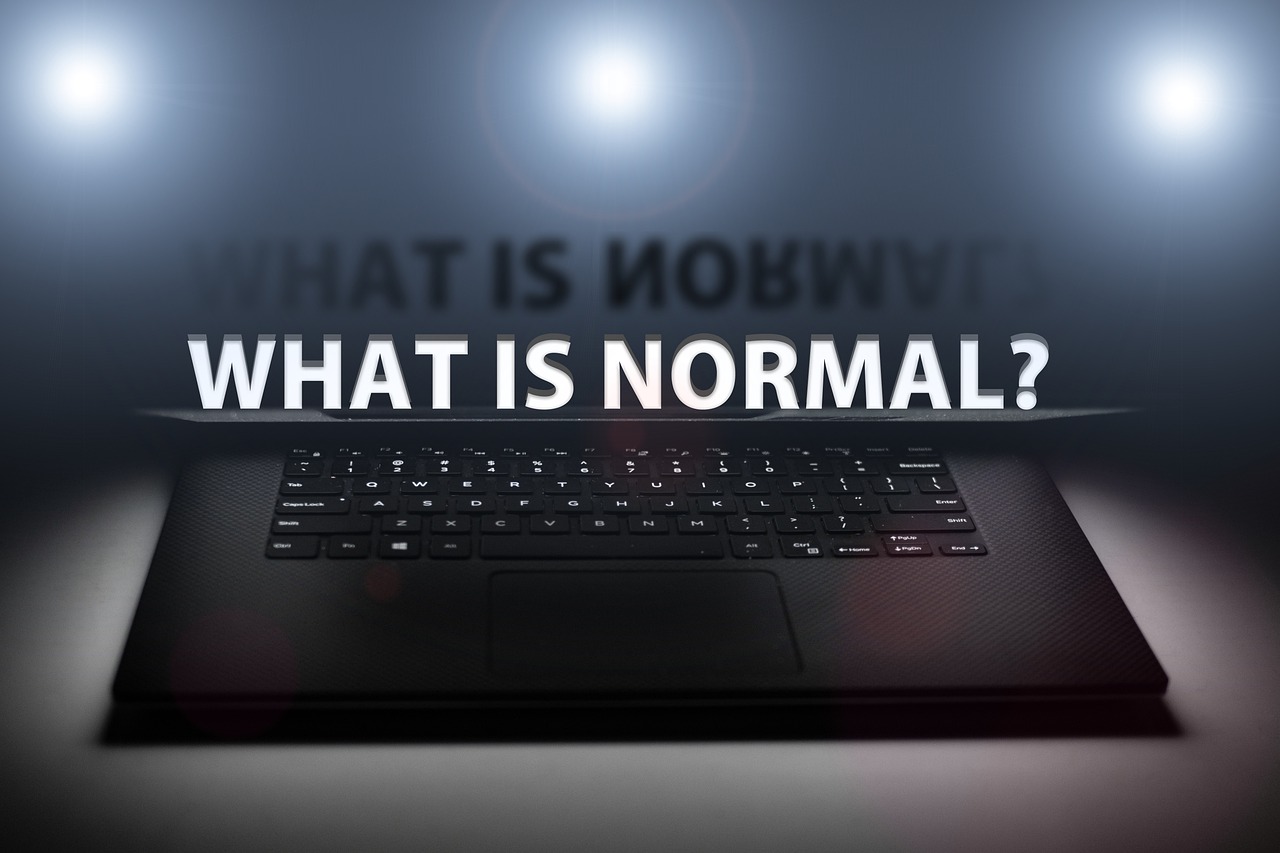
A while back, I was looking at a stream of comments on one of the social media outlets. And, as the conversation flowed between residents and attendings, I noticed one significant distinction. The attendings tended to emphasize seeing thousands of cases to understand normal variants. While at the same time, the residents talked much more about books and case review series.
Within my residency program, I also notice a similar discrepancy between the resident and faculty opinions on learning normal variants. Therefore, since both parties vary widely on this topic, this would be the perfect forum to discuss the conflict. Here we go!
How Can You Best Learn Normal In Radiology?
To understand all of the normal variants in the world, you would have to practice radiology for hundreds of years. And as much as I love “thorough” books like Keats (linked to my Amazon affiliate!), they do not cover even half of the normal findings on plain film that you can easily confuse with pathology. Also, Keats does not include CT, ultrasound, MRI, mammography, or nuclear medicine. Since you cannot find all the variants in the literature, reading lots of books alone, in my opinion, does not enable you to learn enough to become proficient.
Additionally, the information inside rarely sticks if you are reading a book without context. If I were to go through the entire Keats book without any real-life images, I probably would not remember all that much.
This point brings me back to the essence of this article. How do you best learn normals? To maximize stickiness, I believe looking at lots of real-time cases within books, like Keats at your side, and having an attending sit next to you allows you to remember and understand normal variants the best. Context is key.
Reading Lots Of Films: Painful But Necessary?
In addition, it is not just about knowing the normals. You also need to read scores of films rapidly to identify the normal variants appropriately. There is no room to perseverate forever on every case you read. Rapid assessment of normals has become critical to thriving in a bustling private practice.
You cannot practice radiology without reading tons of cases with normal variants unless you find yourself shielded from many films within a large academic center or decide on an alternative career path. So, we recognize that you need to start reading early to produce insightful reports that differentiate normal as an attending. And, what better place than residency to learn these skills?
To that end, you may not believe it, but most program directors do not derive pleasure in causing undue pain to the residents by saying you need to spend “x” hours on a rotation. Instead, we seek to make sure that in addition to reading books, you also read enough studies to identify normal versus abnormal sufficiently. We want nothing more than to create an upstanding/quality radiologist.
What Is The Correct Balance To Develop A Feel For Normal Variants?
The perfect balance is difficult to figure out; we need to tweak it for the individual trainee and program. But, I would recommend spending more time at work with your faculty instead of dedicating too much time to study books.
Moreover, the government pays for you to perform clinical services. It’s hard to justify reading books when Medicare pays you to work. And just as importantly, nighttime after work tends to be the best time to reinforce your day’s learning.
The Bottom Line
Remember, you can always look at films by yourself later in your career or while on call. But, you will not always have the advantage of a readout with an experienced radiologist. So, I have to side with the faculty in this situation. Granted, I am biased, but they make the best point!
_____________________________________________________________________
Check out the original article at the following Doximity link!!!
https://opmed.doximity.com/articles/knowing-normal-experience-vs-reading-books-in-radiology






